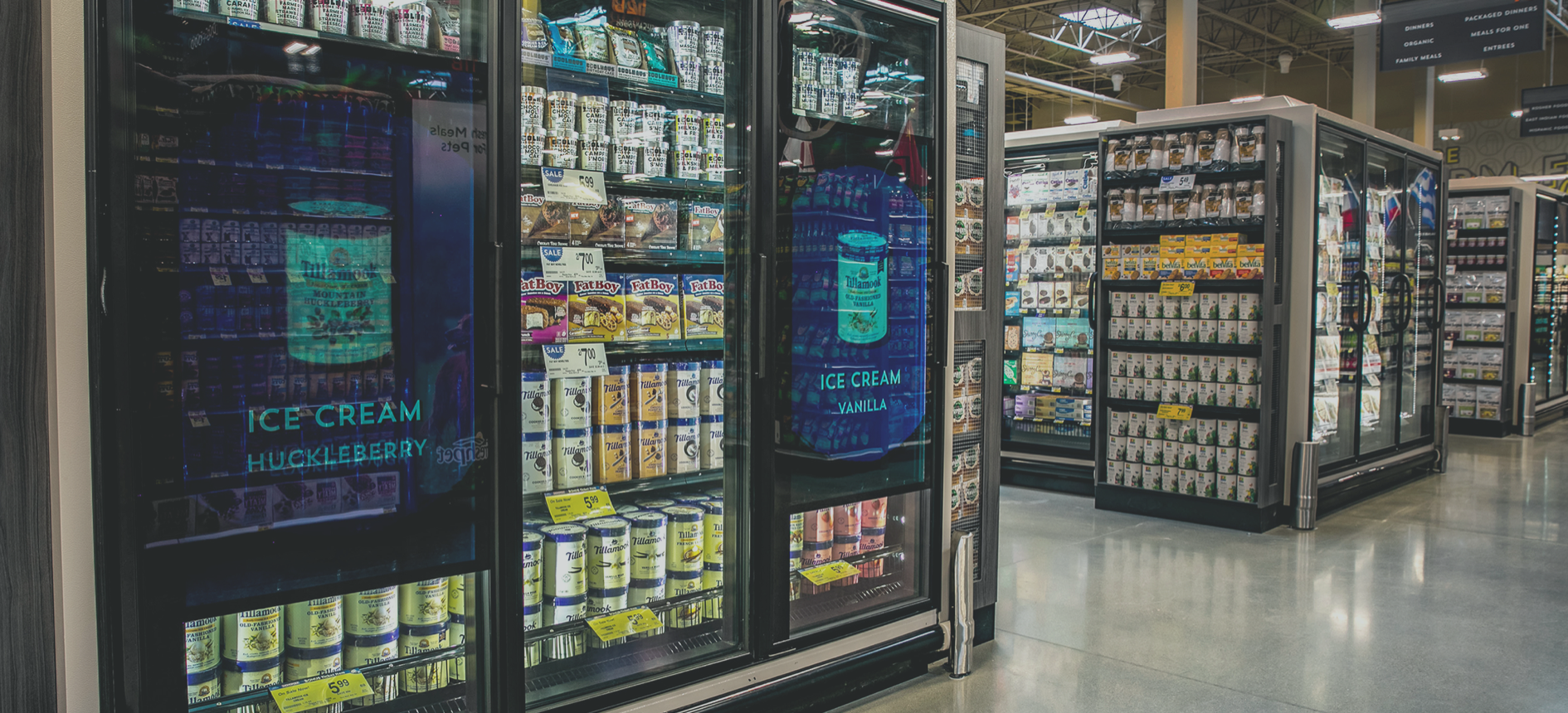
“LEDs showed minimal volume and little impact on the lighting business,” remarks Clay Rohrer, an innovation and business development manager at Hussmann. “We tried to penetrate the business for four years, and we were missing the boat.”
What was the problem? LEDs, which offer energy efficiency, represented a potentially billion-dollar market, but customers were skeptical about the up-front costs and overall value of the technology. Hussmann knew that success would depend on the company’s ability to uncover and inexpensively address specific customer needs so that Hussmann’s LED product would stand out on performance dimensions that mattered to customers.


Strategyn’s Outcome-Driven approach to innovation helped us turn around our LED lighting business by differentiating us from competitors. Before, our LED business measured in the thousands. Now, it measures in the tens of millions. Moreover, this new thinking enabled us to become a customer-needs-driven company”
Drawing on the responses of shoppers, store merchandisers, and executive merchandisers, Hussmann dissected the complementary jobs of those key groups.
“We had been selling refrigerated boxes, not merchandising solutions,” Rohrer remarks. “Historically, we had left the merchandisers alone and focused more on the product procurement people. Now, we went to different levels of merchandisers and to the shoppers, and we combined insights from all these audiences.” – Rohrer
The first step was to define their market around the job-to-be-done and the people executing that job. For Hussman, this was merchandisers trying to merchandise perishable food products to shoppers in a supermarket.
The team conducted qualitative interviews with shoppers and merchandisers across the geographies of interest, uncovering over 300 customer desired outcome statements (need statements) in the process.
The team then surveyed nearly 1500 shoppers and 250 merchandisers to quantify the degree to which each outcome was under- or overserved by existing solutions. The team uncovered many needs that were underserved, Of these unmet outcomes, 8 related to display case lighting: for example, merchandisers wanted to minimize the likelihood that the lighting failed to display the true product color and that the lighting was not uniform. These outcomes became the foundation for Hussmann’s LED innovation and differentiation efforts.
The ODI data output gave the team the precise information they needed to understand their key customer segments to develop a winning growth strategy. Outcome-based segmentation was employed to discover unique segments of opportunity, each with a different set of unmet needs.
Knowing where to focus its efforts was the key to Hussmann’s success. The team targeted the eight underserved outcomes, developed engineering specifications for each, and created a new portfolio of LED lights. They systematically devised low-cost features that dramatically improved customer satisfaction on each outcome.
The EcoShine system matched competitors on certain outcomes for LEDs, such as energy efficiency and long life, but it is a breakthrough innovation because it added value to several new merchandising outcomes that competitors had overlooked.
The product was a hit in the market. “In only one year, we’ve gone from a fraction of a digit to double digits in market share in North America”.
Backed by a strong sales commercialization effort, the product received favorable press coverage in industry publications such as Supermarket News, generated favorable buzz as a “home run” at trade shows, and created excitement among utility companies, who are providing incentives for customers to adopt this energy-efficient system.
We used ODI to tweak an existing design and didn’t have to redesign the whole thing. We looked at it from the ODI perspective of the job of illuminating products. What are the problem areas? What are the focus areas? Then we would group the opportunities into common themes that we had to address to win the market. Uniform illumination, level of brightness, and energy efficiency were key things. We focused on them and developed winning solutions.”
If you’re ready to launch the next big thing, it’s time to upgrade to Outcome-Driven Innovation. Get in touch to speak with one of our innovation experts.
Copyright ©2024 Strategyn LLC. All Rights Reserved. | Sitemap